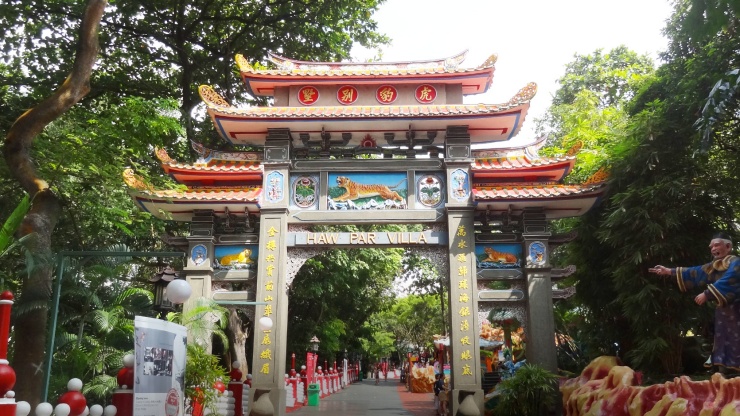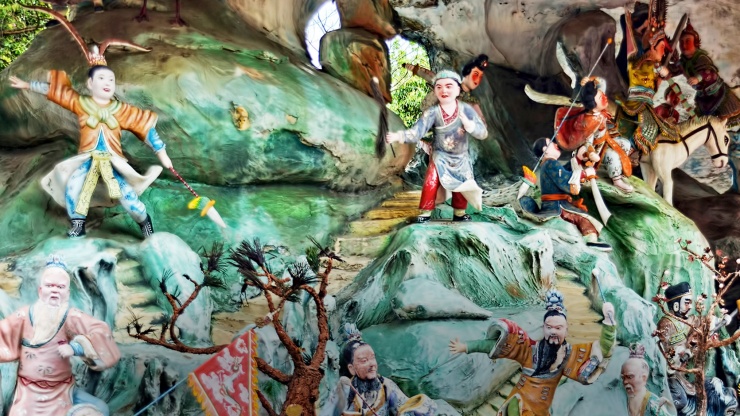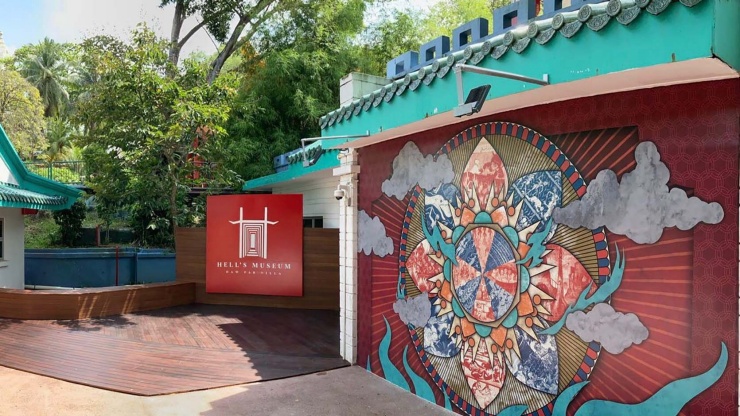Embark on an unforgettable journey into Chinese folklore, legend and mythology at the Haw Par Villa Asian cultural park.
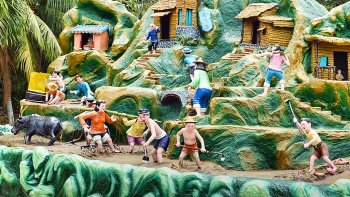
Photo by Choo Yut Shing
One of the oldest existing cultures in the world today, Chinese history stretches back across millennia, and is filled with fascinating stories. History buffs looking to journey through the richness of Chinese tradition and religious beliefs should pay a visit to Haw Par Villa, an Asian cultural park that’s a repository of folklore and storied myths.
The origins of Haw Par Villa
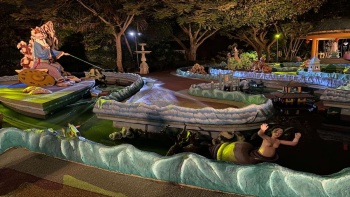
Located on a hill in Pasir Panjang, Haw Par Villa was once known as Tiger Balm Gardens. Lovingly built by Myanmar-born businessman Aw Boon Haw for his brother, Aw Boon Par, the park was named after the Tiger Balm medical ointment that the siblings’ father had created.
Following its construction in 1937, the grounds of the villa were opened to the public, reflecting Boon Haw’s deep passion for Chinese culture and mythology. Boon Haw personally supervised the artisans who created many of the parks original fixtures, in the hope that the park’s depiction of traditional virtues would provide moral guidance to the public.
When war broke out, the Aw family fled Singapore for Yangon (then known as Rangoon). The park was used as an observation point by the Japanese army, and it was only in the post-war years that Aw Boon Haw returned to Singapore, and began to rebuild the park.
From the 1940s to the 1970s, many members of the Aw family contributed to the park’s development. This included Boon Par’s son, Aw Cheng Chye, who made various additions to the park’s dioramas. His passion for travel led to the establishment of the park’s International Corners, which pay tribute to the cultures of the many countries he visited.
The space began to take its modern form in 1985, when the Singapore Tourism Board took over the management of the grounds, and began revitalisation work on the space. The park’s dynamic evolution continues to this current day.
Otherworldly experiences
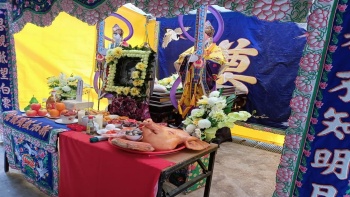
Haw Par Villa is famous for its vivid depictions of the Ten Courts of Hell from Chinese folklore. Many Singaporeans will cheekily reminisce about being brought there as children by their parents, to learn about the exacting nature of traditional Chinese morality.
Besides its trademark attraction, the cultural park is home to over 1,000 statues and 150 dioramas, depicting surreal scenes from legendary works of Chinese literature such as Journey To The West, Madame White Snake, and the stories of the Eight Immortals.
Following a nine-month closure for upgrading works, the park reopened in 2021, with enhanced night lighting and extensive conservation work on its iconic statues.
The park’s most iconic attraction—The 10 Courts of Hell— is now part of Hell’s Museum. Sprawled across 3,800 square metres, the latter is brand new space that offer brave the chance to delve into global beliefs and traditions about death and the afterlife.
Modern Attractions, Ancient Traditions
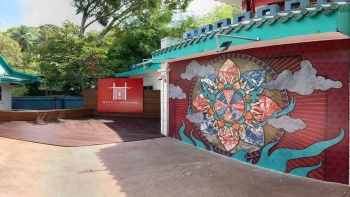
While personal exploration of Haw Par Villa is rewarding in its own right, those looking to delve deep into the stories of Haw Par Villa should consider taking the tours provided by the park.
History buffs should check out ‘Tiger Tiger Burning Bright’, which tells the riveting story of the Aw family, and the origins of both Tiger Balm and Haw Par Villa. Stories of turbulent tragedies and meteoric rises to success are all part of this unforgettable experiences.
If you’re planning on exploring the space at your leisure, consider downloading the Hop! Par Villa Trail Guide to get the lowdown on iconic spots and hidden spaces.
Peckish visitors can grab a bite and a cup of coffee at The Sixth Milestone. Overlooking the Pagoda Pond, this charming bistro serves up a range of beverages, alcohol and light bites.
Click here to purchase tickets to Hell’s Museum, and delve deep into realms unexplored.
Visitor discretion and parental guidance are advised due to the graphic nature of the exhibits. Hell’s Museum is not recommended for children aged 8 and below.
